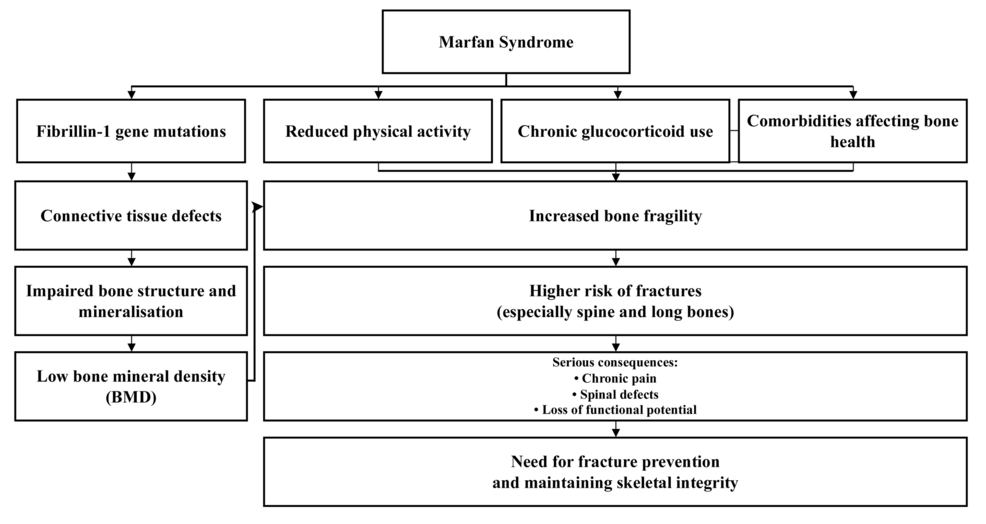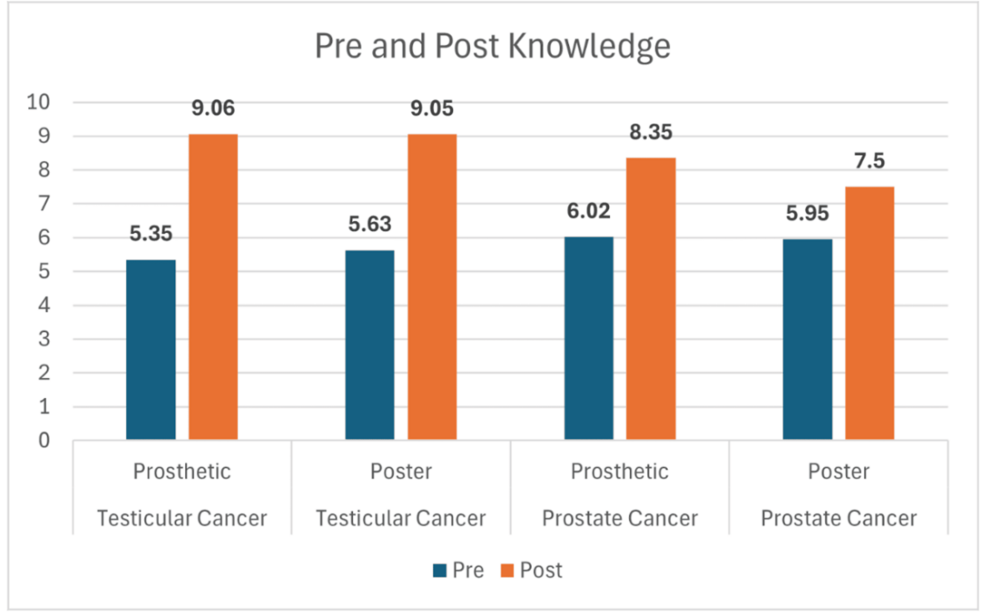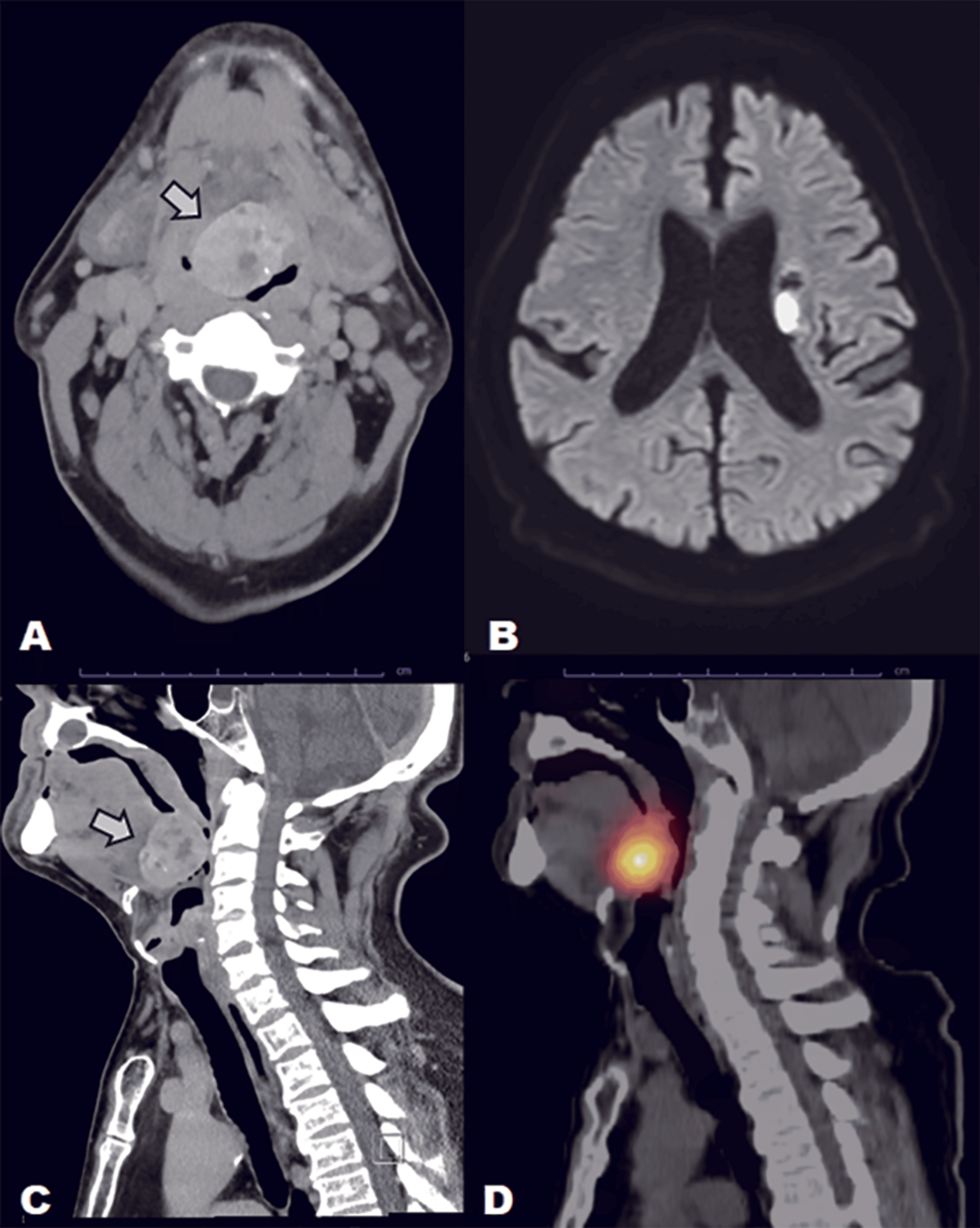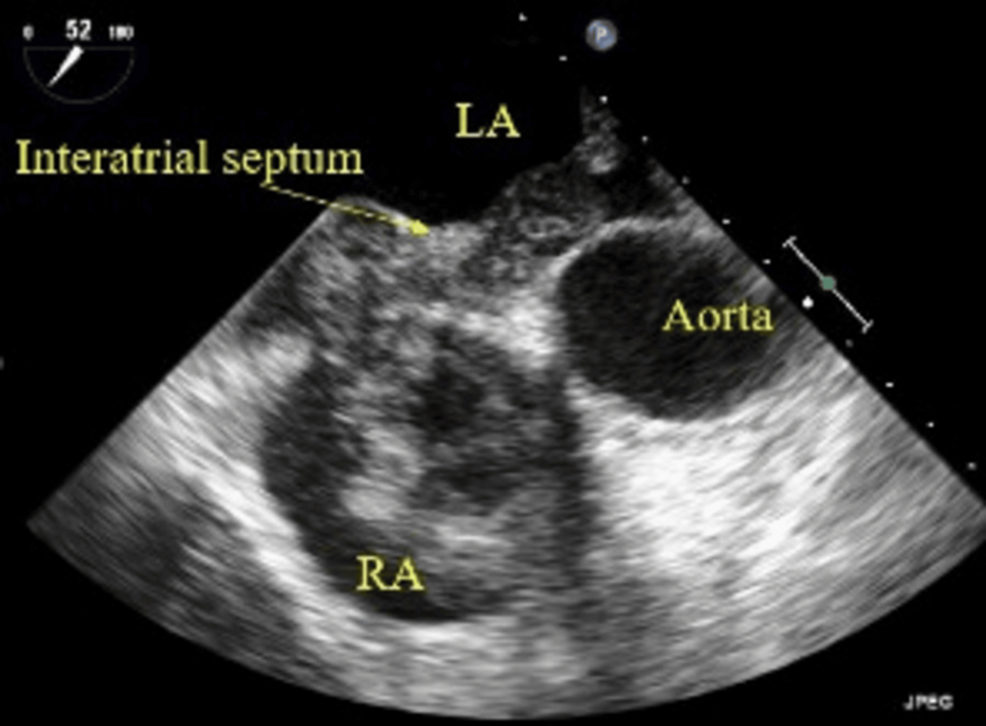Category: 6. Health
-

‘I wasn’t ready for a mastectomy’ – nurse shares cancer journey
Ms Noble, from Broadstairs, had a routine mammogram in 2023, which flagged her up for further testing.
She was eventually given the diagnosis, days before the funeral of her mother, who had died unexpectedly.
“When my phone rang with an unknown…
Continue Reading
-

Suffolk and Essex study to research singing and Parkinson’s
 Britten Pears Arts
Britten Pears ArtsEast Suffolk Skylarks is a singing group for people living with Parkinson’s and their companions People with Parkinson’s are being asked to help with a study exploring if singing can improve facial mobility and expression…
Continue Reading
-
Self-perceived life course sleep duration trajectories and risk and age at onset of Parkinson’s disease
Lajoie, A. C., Lafontaine, A.-L. & Kaminska, M. The spectrum of sleep disorders in Parkinson disease: a review. Chest 159, 818–827 (2021).
Iranzo, A., Cock, V. C. D., Fantini, M. L.,…
Continue Reading
-
Scientists Solve a Decade-Old Mystery Behind Cancer’s Most Violent DNA Chaos – SciTechDaily
- Scientists Solve a Decade-Old Mystery Behind Cancer’s Most Violent DNA Chaos SciTechDaily
- Scientists Uncover Key Driver of Treatment-Resistant Cancer UC San Diego Today
- Can cancer cells ‘cheat’ drugs? US researchers find they ‘fake’…
Continue Reading
-

‘Anywhere from 3-5g a day is enough’: Fitness expert lists 3 supplements that will ‘remove most of roadblocks’ when trying to lose fat; nutritionist weighs in | Fitness News
Shubh Hamirwasia, a digital creator and fitness expert, believes certain fat-loss supplements actually do what they claim—not by burning fat, but by helping the body burn fat more effectively. Taking to social media, he gave examples of 3 such…
Continue Reading




